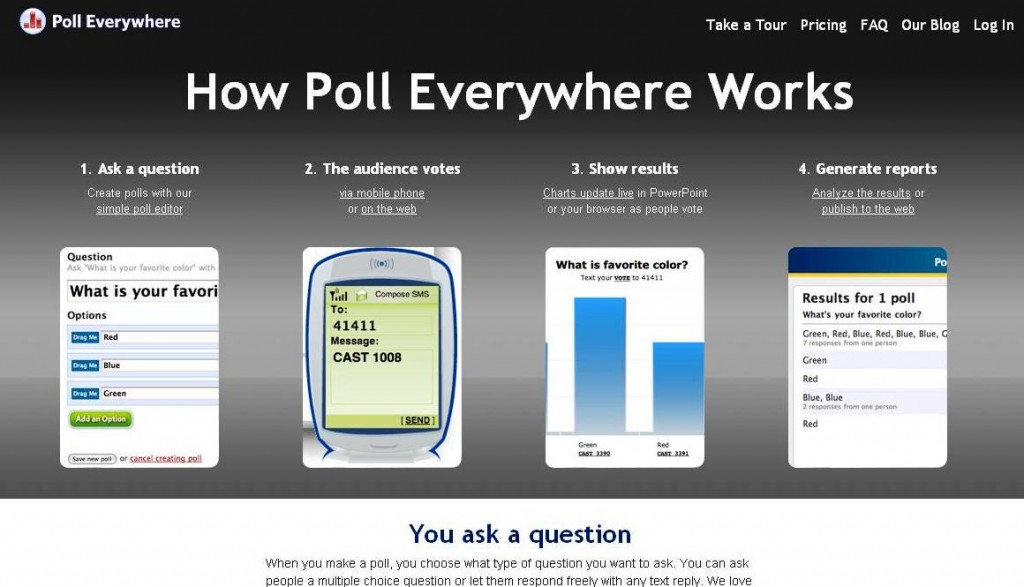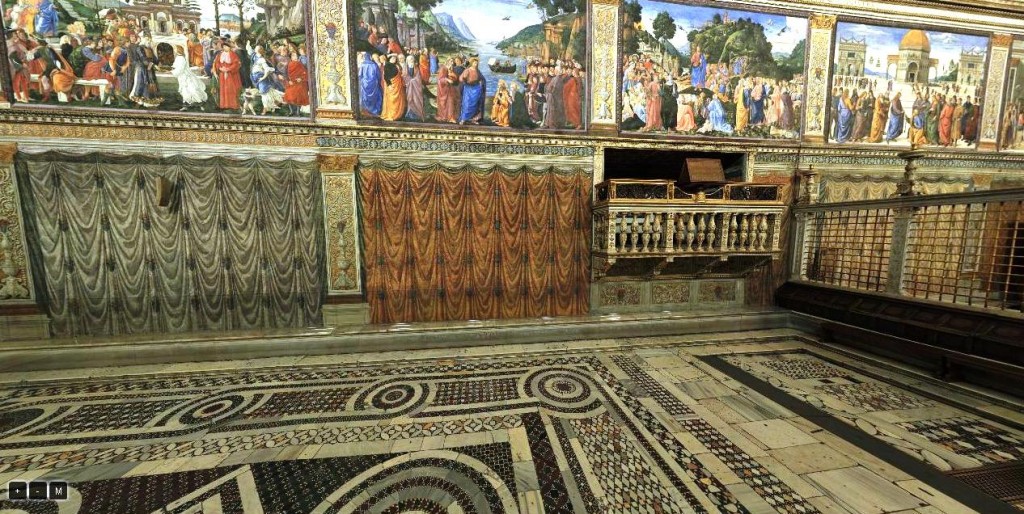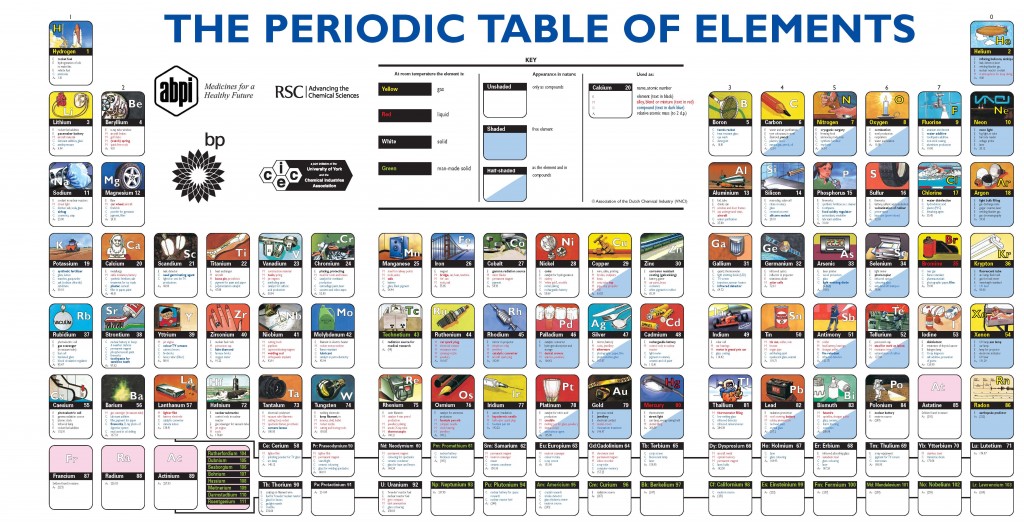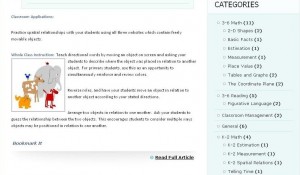The Studies of Asia wiki is a fantastic resource for every primary or secondary school. Although specifically developed for Victorian schools and the Victorian Essential Learning Standards, the resources available are accessible by anyone, anywhere. The wiki states that it aims ‘to create ‘asia-literate’ students, teachers and schools with skills, knowledge and understandings of Asia to equip them to live in today’s world and the world of their future.’
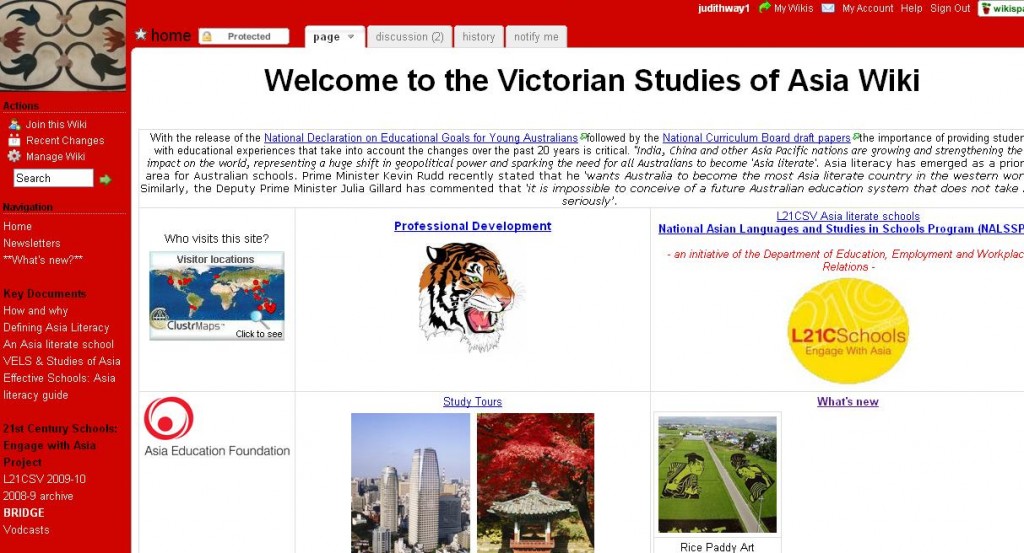
Monthly newsletters inform readers of professional development and other opportunities as well as classroom resources and study tours.
There are also links to classroom resources that include virtual tours of China, as well as teacher resources that demonstrate how Asian studies can be integrated into The Arts and English.
Acknowledging the National Curriculum Board Draft Papers, the wiki states:
With the release of the National Declaration on Educational Goals for Young Australians followed by the National Curriculum Board draft papers the importance of providing students with educational experiences that take into account the changes over the past 20 years is critical. “India, China and other Asia Pacific nations are growing and strengthening their impact on the world, representing a huge shift in geopolitical power and sparking the need for all Australians to become ‘Asia literate’. Asia literacy has emerged as a priority area for Australian schools. Prime Minister Kevin Rudd recently stated that he ‘wants Australia to become the most Asia literate country in the western world’. Similarly, the Deputy Prime Minister Julia Gillard has commented that ‘it is impossible to conceive of a future Australian education system that does not take Asia seriously’.
This wiki is an excellent resource for each and every school.

